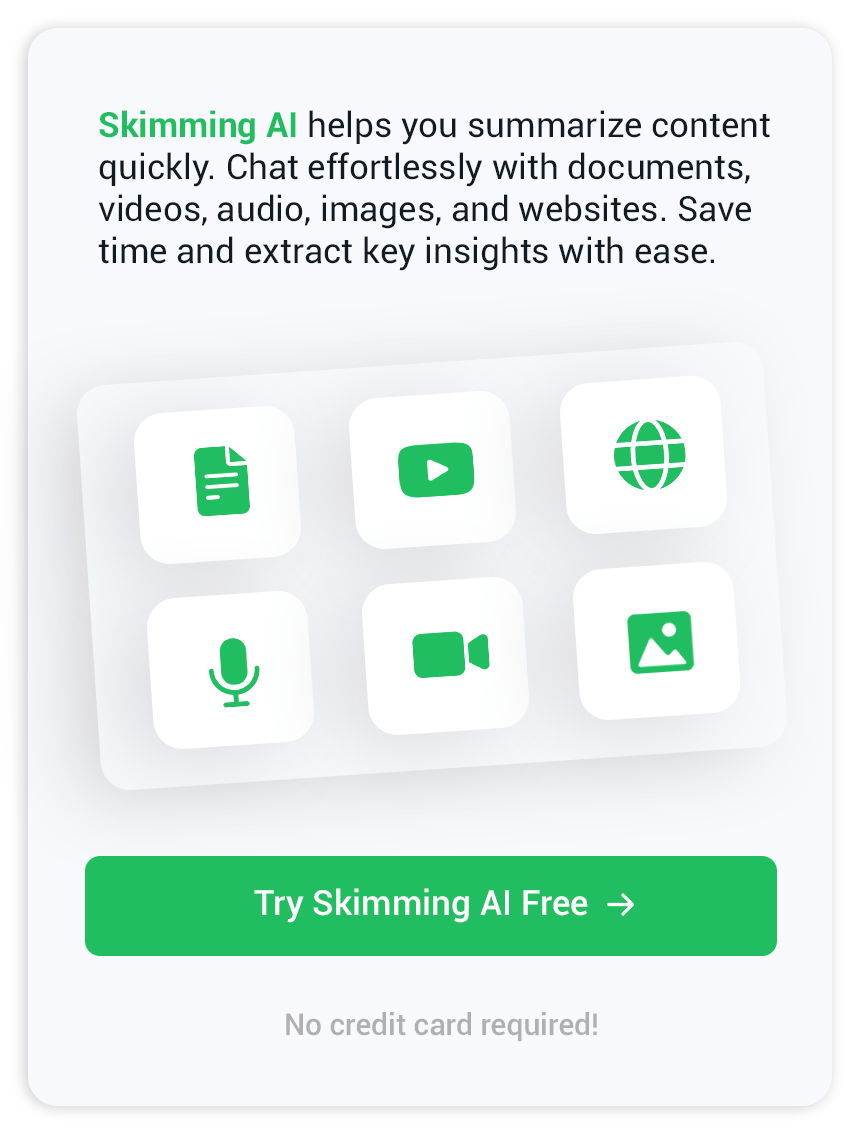Ai subtitle generator for seamless video captions and translations
Why Video Captions Matter
Have you ever tried watching a video in a noisy café, or maybe late at night with the sound turned down? Captions can be a game changer in situations like these. They make video content accessible not only for those with hearing-related needs, but also for anyone in a setting where listening is difficult or distracting. Adding subtitles helps viewers follow along, keeps people engaged, and can even help with learning a new language by seeing the spoken words on screen.
How an AI Subtitle Generator Captions Videos Automatically
Using an ai subtitle generator takes the heavy lifting out of captioning a video. Instead of transcribing speech by hand, you upload or link to your video and let smart algorithms listen to the audio. These tools analyze speech, detect different speakers, and type out what is being said in real time. After this, the generator places the subtitles on your video at just the right moments. Gone are the days of pausing and rewinding to catch every word manually.
What happens behind the scenes? The process usually starts with speech recognition, where the AI listens to the audio and turns the spoken words into text. The next step is aligning the text with the audio timeline, so those words show up exactly when they are spoken in the video. Many ai subtitle generator tools also let you make quick edits, correct names, or adjust the timing if needed before saving your video with the new captions visible.
Where Does AI Subtitle Generation Work Best?
This technology tends to shine with content that is clear and focused, like interviews, tutorials and lectures. If everyone in your video speaks clearly and background noise is limited, most AI models produce impressive results. Even if you work with different formats, such as YouTube videos or educational content, modern generators often support a range of sources. When you are dealing with podcasts or voice recordings, some platforms make the process just as seamless.
Common Challenges and Tips
While AI does a lot, it is not perfect. Accents, overlapping dialogue or technical jargon can sometimes confuse the subtitles. It is wise to check the generated captions for any unusual phrasing or names. Many creators find that a quick review ensures the final subtitles make sense both grammatically and contextually. You might want to test the tool with one short video first to see how it handles your typical content.
If you already work with other AI tools for video summarization or text analysis, you will notice a similar workflow. The convenience comes from instant results and the ability to tweak fine details without extensive editing know-how.
Practical Uses for Different Audiences
Teachers, business professionals, and content creators all benefit from using AI to generate subtitles. For educators, it supports students who learn better with text cues, and it helps international audiences access lessons more easily. For marketers or social media managers, captions boost engagement on platforms where videos auto-play without sound. Even in everyday personal videos, automated subtitles mean sharing memories with friends and family who cannot always turn up the volume.
Some of our tools make it possible to interact directly with video content through chat functions, transforming the way you can understand or highlight key moments. If your workflow extends to image or audio tasks, you will find options on our platform for everything from audio chats to quick document summaries.

